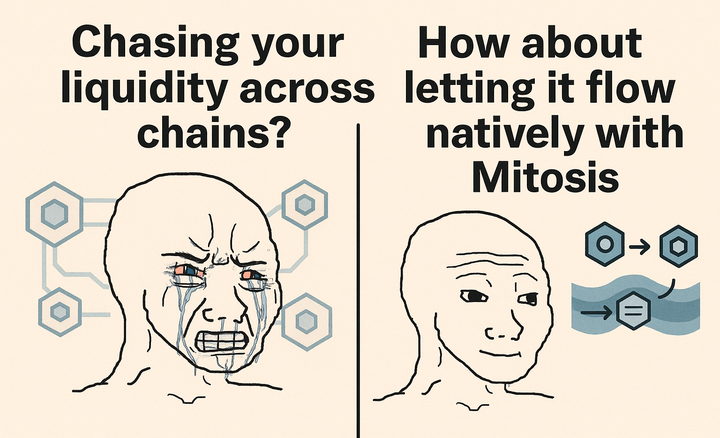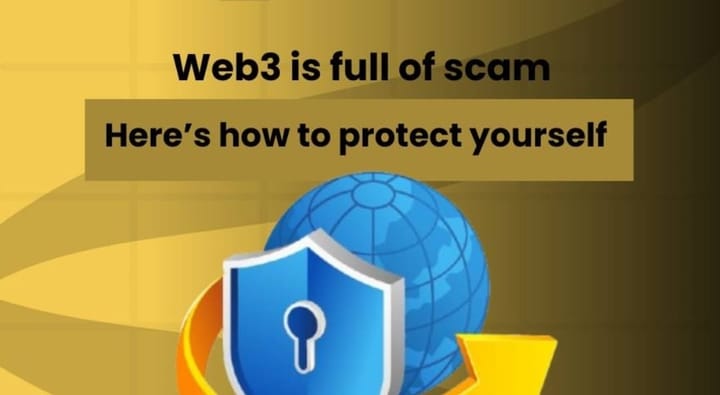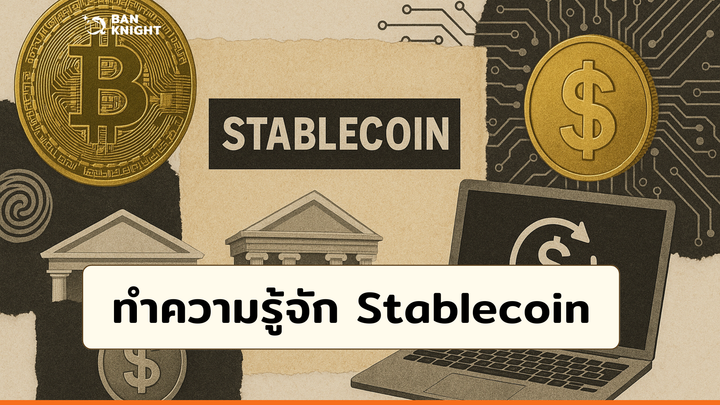Regenerative Finance (ReFi): Aligning Cryptocurrency with Environmental Sustainability

Regenerative Finance (ReFi) represents a paradigm shift in how capital can be deployed to restore—rather than deplete—natural ecosystems. By leveraging blockchain, tokenization, and decentralized governance, ReFi projects are channeling real-world funding into ecological restoration, renewable energy, and sustainable agriculture. Key initiatives like Toucan Protocol, KlimaDAO, Regen Network, and Moss illustrate how on-chain mechanisms can fund reforestation, carbon removal, and community-driven conservation with unprecedented transparency. However, the space still faces hurdles—volatility, regulatory uncertainty, and the need for robust verification standards—that must be addressed to scale impact. This article will define ReFi’s core principles, explore its main mechanisms, showcase leading projects, and examine the challenges and future outlook for aligning cryptocurrency with environmental sustainability.
Understanding Regenerative Finance
What Is ReFi?
Regenerative Finance (ReFi) is an emerging financial model that goes beyond traditional “green” or impact investing by actively restoring and enhancing natural and social capital using blockchain technology CoinGecko. While sustainable finance seeks to minimize harm, ReFi is designed to rebuild ecosystems, strengthen communities, and foster economic resilience over the long term Coinmetro. Drawing inspiration from ecological principles of regeneration, ReFi emphasizes holistic value creation—where financial returns are coupled with measurable environmental and social outcomes.
Core Principles
- Long-Term Thinking: Unlike short-term profit pursuits, ReFi prioritizes projects that regenerate resources—soil health, forests, and biodiversity—ensuring benefits accrue for future generations Coinmetro.
- Transparency & Accountability: By recording every transaction on public ledgers, projects can prove that funds flow directly into verified restoration activities Coin Bureau.
- Community Inclusion: Local stakeholders and participants co-govern projects via DAOs, ensuring that benefits stay within the communities where impacts occur IMPACT[X] MEDIA.
Key Mechanisms: Tokenization, DAOs, and Smart Contracts
Tokenizing Environmental Assets
The Tokenization of Carbon Credits and other Real-World Assets allows them to be traded, fractionalized, and tracked on-chain. For example, Toucan Protocol mints “TCO2” tokens representing verified carbon credits, making carbon markets liquid and transparent Coin Bureau. These tokens can then be acquired, retired, or used as collateral in DeFi strategies—bridging traditional climate finance with crypto-native investors.
Decentralized Governance and DAOs
Many ReFi initiatives are governed by DAOs (Decentralized Autonomous Organizations) that vote on fund allocation, project selection, and standards enforcement Coin Bureau. KlimaDAO, for instance, pools carbon-backed assets into a Treasury, and token holders guide the protocol’s growth—effectively crowd-sourcing climate action Coin Bureau. This model aligns incentives: participants who stake or lock up tokens gain voting power, while the Treasury funnels resources into high-impact restoration.
Leading ReFi Projects in Action
1. Funding Ecological Restoration
- Regen Network uses satellite imagery and on-chain oracles to verify reforestation and regenerative agriculture, channeling over $75 million into restoration efforts last year alone CLS Global.
- Open Forest Protocol enables community groups to propose and fund tree-planting initiatives, with outcomes validated by remote sensing and community audits CLS Global.
2. Innovative Token Models for Carbon Removal
- An academic proposal outlines a Proof-of-Useful-Work blockchain where tokens directly reward Gigaton-scale CO₂ removal via direct air capture facilities, ensuring the entire process is climate-positive from energy use to life-cycle assessments arXiv.
- Standing Forest Coin (SFC) issues digital currency tied to Amazon rainforest protection, leveraging oracles and smart contracts to secure funding for local preservation projects arXiv.
3. Market-Driven Impact
- Moss.Earth (Brazil) mints MCO2 tokens representing Amazon carbon credits, driving one of the earliest large-scale integrations of tokenized carbon into DeFi markets Onchain.
- Nori issues NRT tokens for carbon removal verified via soil sampling and third-party audits, offering a marketplace where businesses and individuals can offset emissions transparently Onchain.
Challenges and Future Outlook
Volatility and Risk
ReFi tokens often have low market caps and limited liquidity, leading to price volatility and potential liquidity crunches Coin Bureau. Investors must balance impact goals with prudent risk management.
Verification and Standards
To avoid greenwashing, projects need robust on-chain verification—from IoT sensors to satellite data—and alignment with recognized frameworks (e.g., Verra, Gold Standard) CLS Global.
Regulatory Complexity
Cross-border carbon markets and novel token structures face evolving regulations. Clear guidance on securities laws, tax treatment, and environmental compliance will be crucial for scaling ReFi.
Scaling Impact
With $30 trillion in global sustainable assets under management (2023), ReFi still captures only a fraction of that pool CoinGecko. As protocols mature, integration with mainstream DeFi—liquidity pools, yield protocols, and lending platforms—could unlock gigaton-scale restoration.
Conclusion
Regenerative Finance merges cutting-edge blockchain technology with urgent ecological imperatives, creating new pathways for funding restoration and sustainable development. By tokenizing carbon and other natural assets, governance via DAOs, and leveraging smart contracts, ReFi projects like Toucan Protocol, KlimaDAO, Regen Network, and Moss are proving that finance can be a force for regeneration rather than extraction.
Practical Takeaways
- Explore carbon credit tokenization on Toucan or KlimaDAO to understand ReFi mechanics.
- Engage with Regen Network or Open Forest Protocol to support verified ecological projects.
- Monitor emerging token models (e.g., PoUW for carbon removal) to gauge innovation trajectories.
Future Implications
- Can DeFi protocols integrate ReFi mechanisms to offset their own emissions?
- How might Mitosis Liquidity Strategies support tokenized environmental assets?
- What governance frameworks will best balance accountability, efficiency, and inclusivity in climate DAOs?
By embedding regeneration at the core of financial systems, ReFi charts a course toward a truly sustainable Web3—one where ecosystems, economies, and communities thrive together.



Comments ()